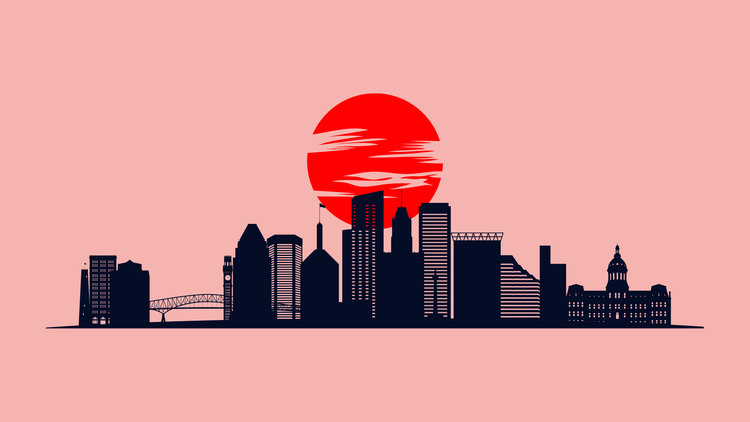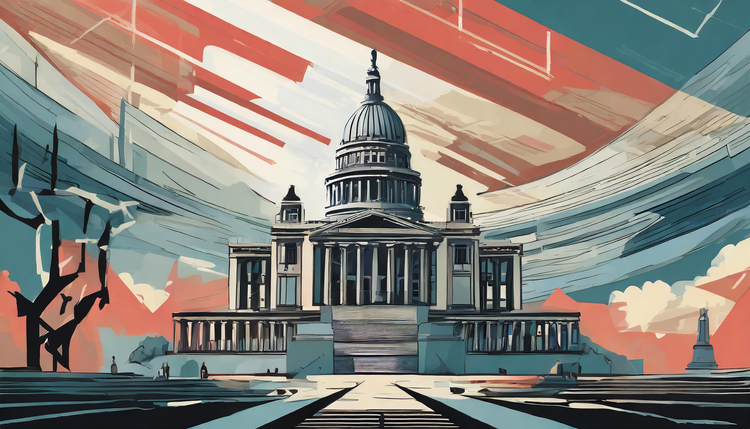The Tenth Circle of Hell
NYC replaces it transit chief
Even as the subway’s antiquated infrastructure, including its signal systems and tracks, was breaking down at an increasing rate, the money spent on maintenance has remained essentially the same, when adjusted for inflation, as it was 25 years ago, according to a recent investigation by The New York Times.
On most days, New York City’s subway is the tenth circle of hell.
As a result, New York City is becoming a city of work-live neighborhoods. You work where you live. The reason is it is too onerous to get around.
The subways are over-crowded and barely functioning. The streets of Manhattan are jammed with yellow cabs and bicycle couriers. Uber drivers and delivery vehicles — in addition to commercial construction that locks up entire city blocks — have taken over the outer boroughs.
Five years ago, it took me 30 minutes to travel via subway from Brooklyn to midtown Manhattan. I now budget for double that time. For the first time since the 70s, nearly one-third of weekday trains are late.
Like cities around the world, NYC’s infrastructure was built for a different time. City populations have exploded, and transit patterns have evolved. The underlying systems have not.
To understand why, read the New York Times recent investigation on how policy-makers and special interest have starved the primary mode of citizen transport.





